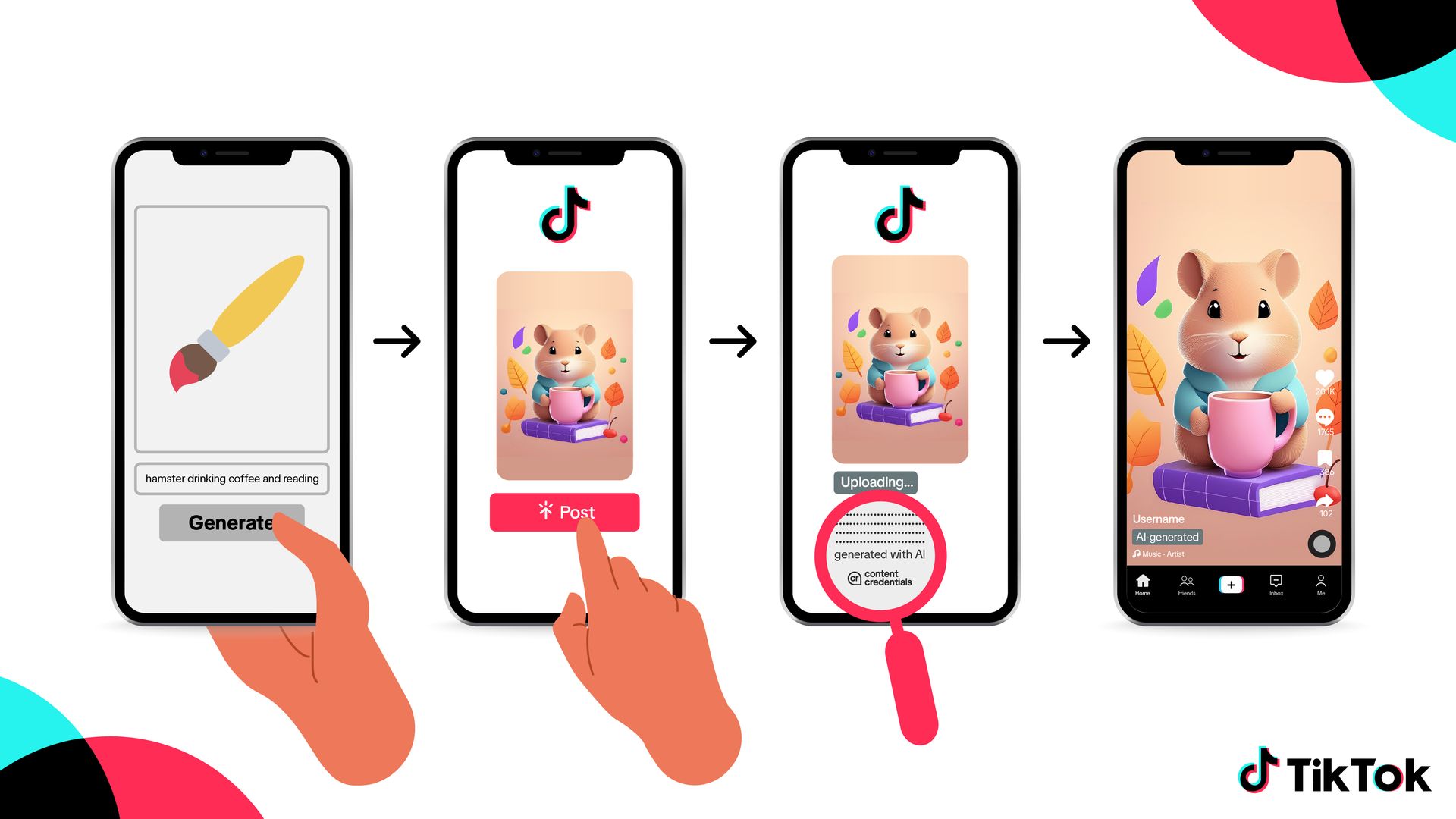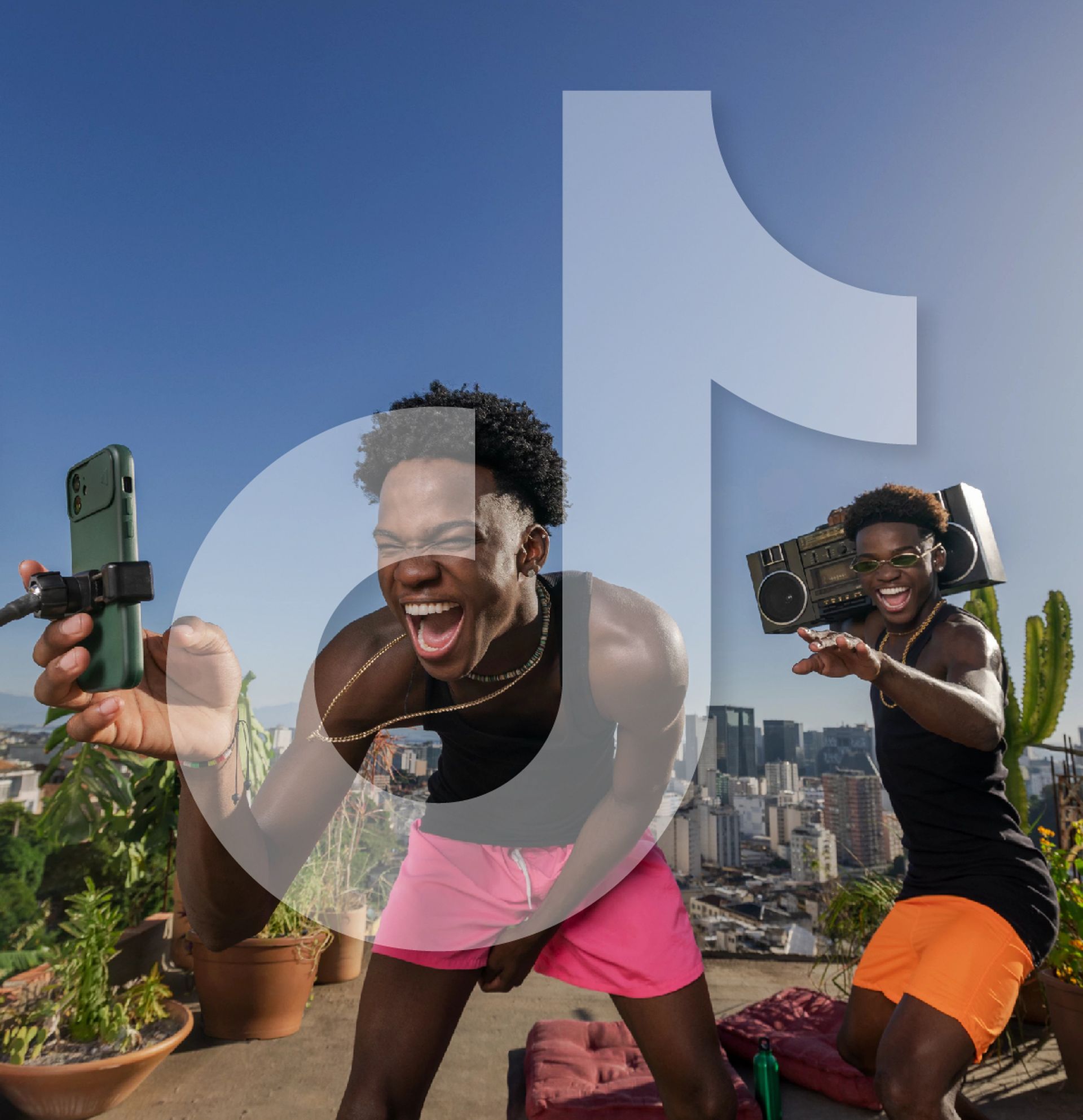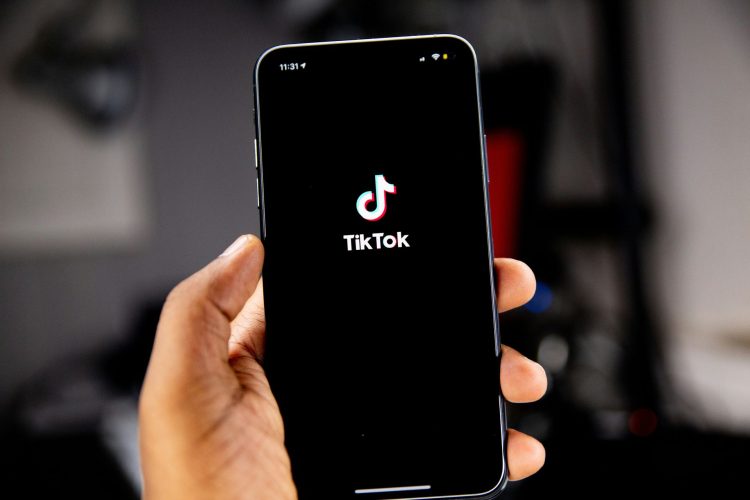TikTok, a major player in the social media space, announced TikTok’s watermark to increase transparency and user awareness of AI-generated content.
This involves the implementation of a new watermarking system known as Content Credentials, a step intended to inform users about content created using advanced AI tools derived from companies including Microsoft, Adobe, and OpenAI.
The concept behind Content Credentials by TikTok involves a comprehensive system designed to tag digital media—photos, videos, and audio—that has been generated through AI.
TikTok’s watermarking strategy against AI misinformation
This initiative comes as part of TikTok’s ongoing efforts to address disinformation and misinformation, enhancing the integrity of the content shared on its platform. With the growing use of AI in media creation, such a move seeks to provide a clear distinction between naturally created content and that made with AI assistance. With the rollout of TikTok’s watermarking initiative, the platform is taking proactive steps to differentiate between content that is organically created and that which is enhanced or generated through AI technologies.
TikTok’s current policies already mandate labeling for content generated using the platform’s own AI effects. The introduction of Content Credentials aims to expand this transparency to a broader range of media. By implementing such watermarks, TikTok is not only promoting a more informed viewership but also aligning its practices with broader industry trends that emphasize openness about content origins.

A broader industry movement
TikTok is not alone in its journey towards greater transparency in content creation. Other tech giants and social media platforms are also recognizing the importance of clearly labeling AI-generated content. For example, Meta, which owns Facebook and Instagram, recently announced that during the upload process, content creators will automatically tag all videos, images, and audio deemed to be AI-generated.
Similarly, YouTube has updated its requirements for creators, demanding disclosure for AI-manipulated videos that might include ultra-realistic portrayals or altered real-world events. OpenAI, known for its tools like DALL-E and ChatGPT, has also committed to incorporating AI identification data on all images produced using its systems.
These collective steps by major industry players underscore a shared commitment to curtailing the risks associated with AI-generated content, particularly its potential for spreading misinformation and realistic falsehoods, a concern that has been amplified by incidents such as AI-generated robocalls mimicking public figures.

Looking ahead in TikTok’s strategy
TikTok’s watermarking initiative is part of a broader action plan to stay ahead in the fight against harmful AI content. The platform has expressed its intentions to not only expand the watermarking but also enhance the data added to photos or videos created via AI tools. This will ensure that even if the content is downloaded and shared outside of TikTok, the origin and nature of the content remain transparent.
This approach by TikTok will also see continuous investment in improving proactive detection models, consulting with external experts, and fostering partnerships with other platforms to develop unified solutions against the proliferation of AI-generated misinformation.
With the implementation of Content Credentials, TikTok is making a significant move to safeguard its ecosystem against the complexities introduced by AI advancements in content creation. By watermarking AI-generated content, TikTok is setting a new standard in how social media platforms handle the increasing intersection of AI technology and user-generated content. This initiative not only supports viewer awareness and education but also positions TikTok as a responsible player working to mitigate the challenges posed by next-generation technology in digital communication.
Featured image credit: Solen Feyissa / Unsplash





